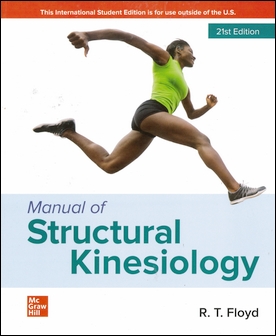書籍分類

Basic Biomechanics 8/e
作者:Susan J. Hall
原價:NT$ 2,000
內容介紹 本書特色 目錄 作者介紹
- Description
Is running barefoot beneficial? What is the most mechanically efficient way to move a piece of heavy furniture? Can stretching before a competition worsen performance? How do cats always land on their feet? The answers to these questions are all based on the science of biomechanics. In Basic Biomechanics, Eighth Edition, the focus is on the anatomy and movement capabilities of the human body, explained with examples of relevant sport, clinical, and daily living applications. The quantitative aspects of biomechanics are presented in a manageable, progressive fashion, using a structured and problem-based format with practical advice. This edition also retains the important sensitivity to the fact that some beginning students of biomechanics possess weak backgrounds in mathematics. For this reason, it includes numerous sample problems and applications, along with practical advice on approaching quantitative problems.
With balanced, integrated coverage of applied anatomy, mechanical principles, and relevant sport and daily living applications, this text introduces you to the basics of biomechanics. The quantitative aspects of biomechanics are presented in a manageable, progressive fashion, with practical advice on approaching both qualitative and quantitative problems in biomechanics.






